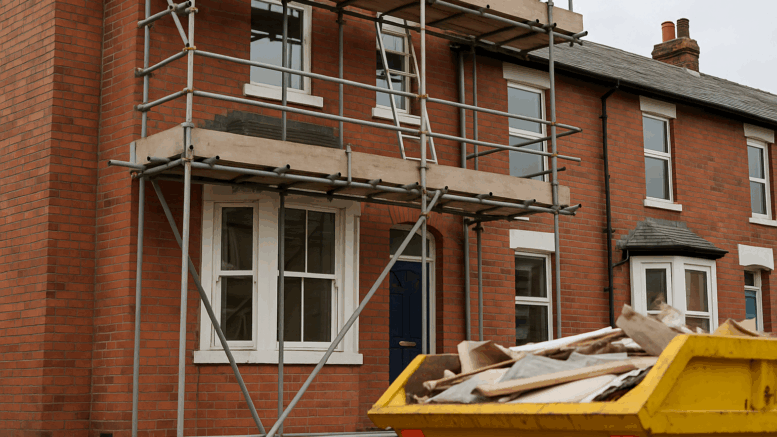The government’s updated Decent Homes Standard could cost landlords thousands as part of sweeping reforms under the Renters’ Rights Act, which received Royal Assent in late October. Although many provisions won’t come into force immediately, experts warn landlords to start preparing now - or risk fines of up to £30,000.
New standards tighten definitions of what makes a ‘decent’ home
The updated framework, proposed under the Renters’ Rights Act, raises the number of compliance criteria from four to five, adding a new requirement to ensure rental homes are free from damp and mould. The government estimates that bringing a non-decent property up to standard will cost landlords around £9,000 on average, depending on the property’s age and condition.
According to Compare My Move, a professional house survey typically costs around £629, but it may prove worthwhile for landlords seeking to avoid costly enforcement action later. Local authorities will be responsible for policing compliance, with fines of up to £30,000 for serious breaches.
Key changes landlords need to know
The revised criteria broaden the scope of what counts as disrepair. Under Criterion B, for example, failure will now be judged on the condition of building components - not simply their age. The lists of “key” and “other” components have also been expanded to reflect modern standards.
Other changes include:
- Facilities: Properties must now provide at least three of four core facilities - an adequate kitchen, an appropriately located bathroom and WC, noise insulation, and sufficient layout in common areas of flats.
- Energy efficiency: Homes must meet Minimum Energy Efficiency Standards (MEES) and have programmable heating to comply.
- Damp and mould: A new fifth criterion (E) specifically requires landlords to ensure their homes are free from damp and mould.
The removal of age-based criteria for kitchens and bathrooms marks a practical win for landlords. The focus will instead shift to functionality and layout rather than the installation date.
Landlords urged to document and protect themselves
Dave Sayce, co-founder and managing director at Compare My Move, cautioned that many of the proposed criteria “are broad and open to interpretation, making them difficult for landlords to measure or prove compliance.” He noted that enforcement varies between councils, adding uncertainty for landlords trying to stay compliant.
Sayce advised landlords to commission a regulated RICS surveyor to identify hazards, energy issues, or early signs of damp and mould. “It’s equally important to keep your own detailed records,” he said. “Create a simple checklist, take clear photos, and document any work carried out to meet the standard. If you find something that doesn’t comply, act quickly to fix it - and keep receipts, reports, and maintenance logs as proof.”
With differing enforcement practices across local authorities, this paperwork could be a landlord’s strongest defence if disputes arise.
Editor’s view
While the updated Decent Homes Standard aims to protect tenants, the reality is that many small landlords face another layer of cost and red tape. For those operating older properties or flats in converted buildings, the £9,000 average upgrade figure could be conservative.
The real test will be how councils interpret these rules - and whether landlords receive the support, clarity, and consistency they need to comply without facing punitive action. Will this push more private landlords out of the sector, or spur long-term investment in better-quality housing?
Author: Editorial team - UK landlord & buy-to-let news, policy, and finance.
Published: 10 November 2025
Sources: UK Government (Decent Homes Standard update), Renters’ Rights Act 2025, Compare My Move.
Related reading: Awaab’s Law to enforce faster damp repairs as private landlords face new legal duties








